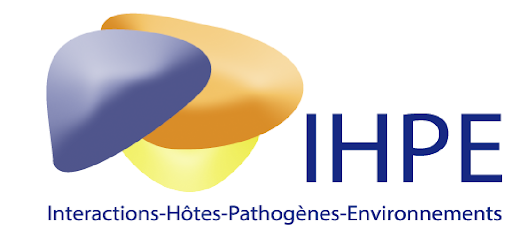Human-water interactions associated to cercarial emergence pattern and their influences on urinary schistosomiasis transmission in two endemic areas in Mali
Résumé
Background Mali is known to be a schistosomiasis-endemic country with a limited supply of clean water. This has forced many communities to rely on open freshwater bodies for many human-water contact (HWC) activities. However, the relationship between contact with these water systems and the level of schistosome infection is currently receiving limited attention. This study assessed human-water interactions including cercarial emergence pattern and their influences on urinary schistosomiasis transmission in two communities in the Kayes district of Mali.
Methods We carried out a parasitological study first in children in September 2021, then a cross-sectional study of quantitative observations of human-water contact activities in the population, and finally a study of snail infectivity at contact points in September 2022. The study took place in two communities, Fangouné Bamanan and Diakalèl in the Kayes region of western Mali. The chronobiological study focused on cercarial release from naturally infected snails. Released cercariae were molecularly genotyped by targeting the cox1 region, and the ITS and 18S ribosmal DNA gene (18S rDNA) regions of the DNA. Links between sociodemographic parameters, human water-contact points and hematuria were established using multivariate statistical analysis or the logistic regression model.
Results The main factor predisposing the 97 participants to water contact was domestic activity (62.9%). Of the 378 snails collected at 14 sampling sites, 27 (7.1%) excreted schistosome cercariae, with 15.0% (19/126) at Fangouné Bamanan and 3.3% (8/252) at Diakalel. The release of Schistosoma cercariae shows three different patterns in Fangouné Bamanan: (i) an early release peak (6:00–8:00 AM), (ii) a mid-day release peak (10:00 AM–12:00 PM) and (iii) a double peak: (6:00–8:00 AM) and (6:00–8:00 PM) cercariae release; and two release patterns in Diakalel: early release (6:00–8:00 AM) and (ii) mid-day release (12:00–2:00 PM). All cercariae released during early diurnal (6:00–8:00 AM) or nocturnal emission patterns (6:00–8:00 PM) were hybrids parasite having an cox1 S. bovis or S. curassoni associated with an ITS and 18S rDNA of S. haematobium while the cercariae released during diurnal, or mid-day patterns (8:00 AM–6:00 PM) were pure S. haematobium .
Conclusions Our study showed that domestic activity is the main source of exposure in the Kayes region. Two and three cercariae emission patterns were observed at Diakalel and Fangouné Bamanan respectively. These results suggest that the parasite adapts to the human-water contact period in order to increase its infectivity.
Domaines
Sciences de l'environnement| Origine | Fichiers produits par l'(les) auteur(s) |
|---|
